Optimal Timing for Chimney Demolition
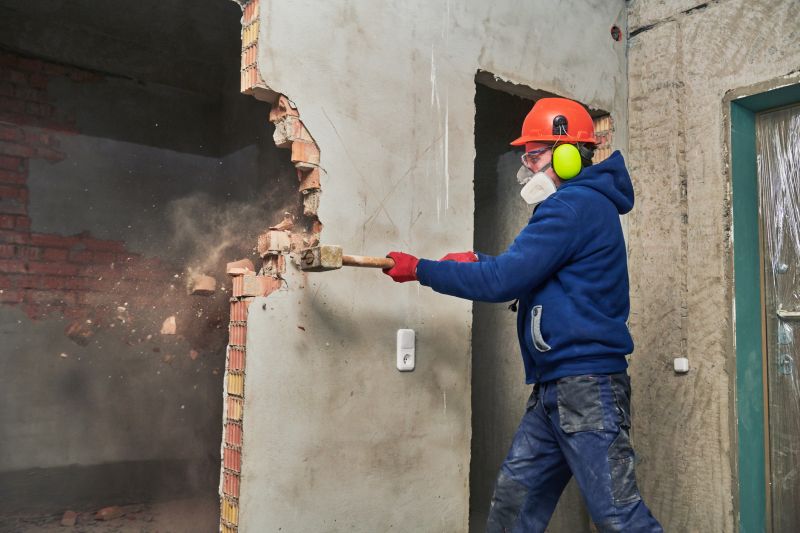
Spring offers moderate weather conditions ideal for safe demolition activities, reducing delays caused by adverse weather.
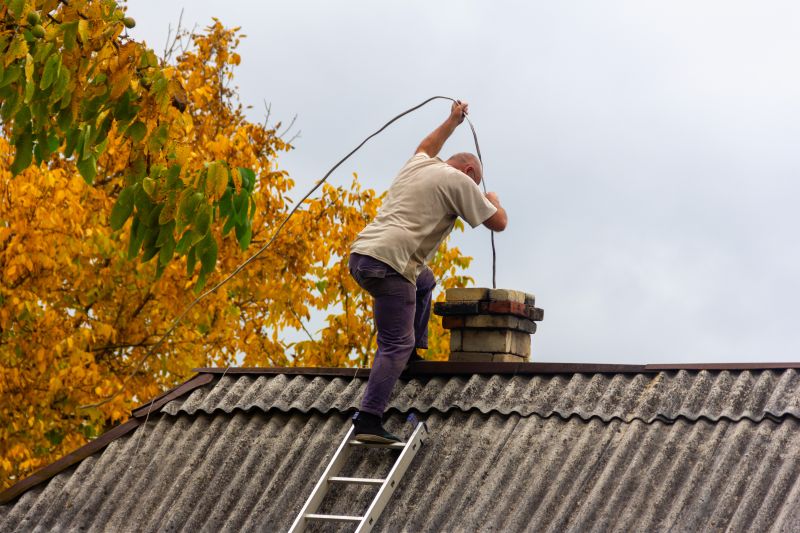
Summer provides longer daylight hours and stable weather, facilitating efficient project completion.
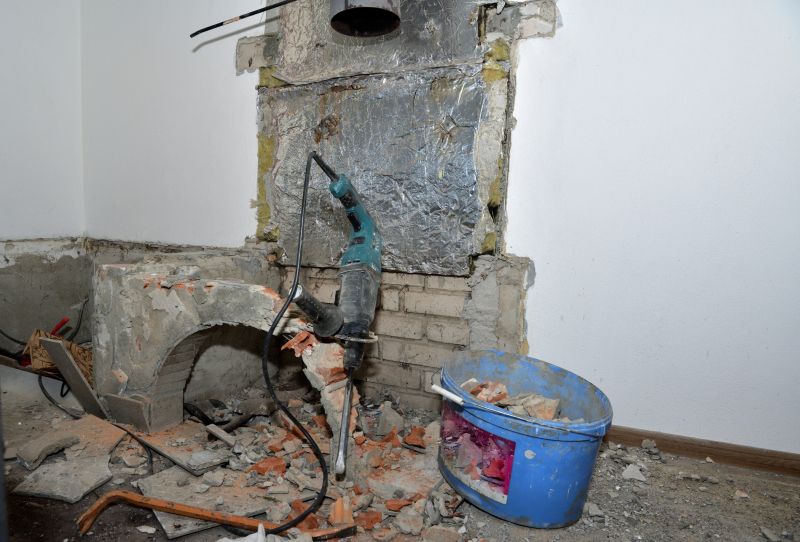
Fall's cooler temperatures can be advantageous, but weather variability may require scheduling flexibility.

Ways to make Chimney Demolitions work in tight or awkward layouts.
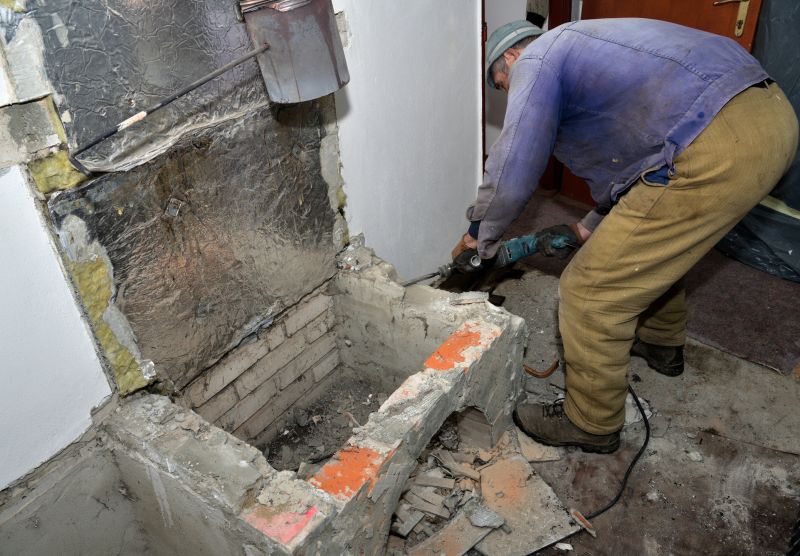
Popular materials for Chimney Demolitions and why they hold up over time.
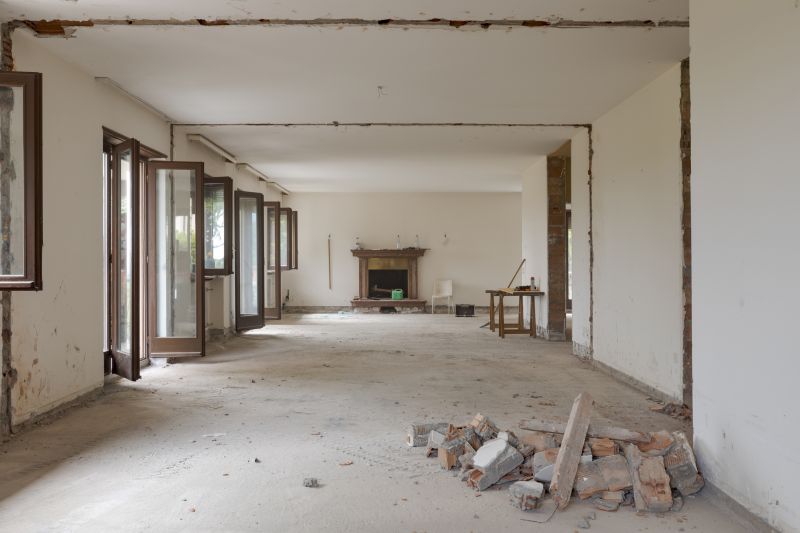
Simple add-ons that improve Chimney Demolitions without blowing the budget.
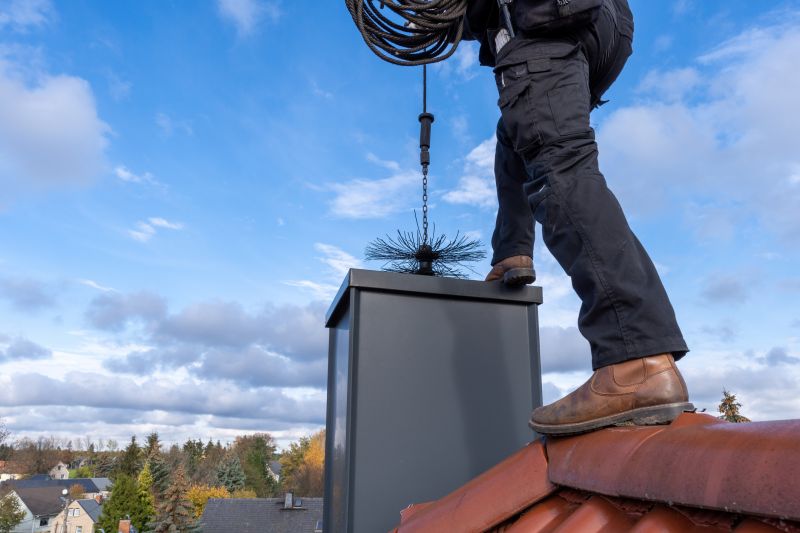
High-end options that actually feel worth it for Chimney Demolitions.
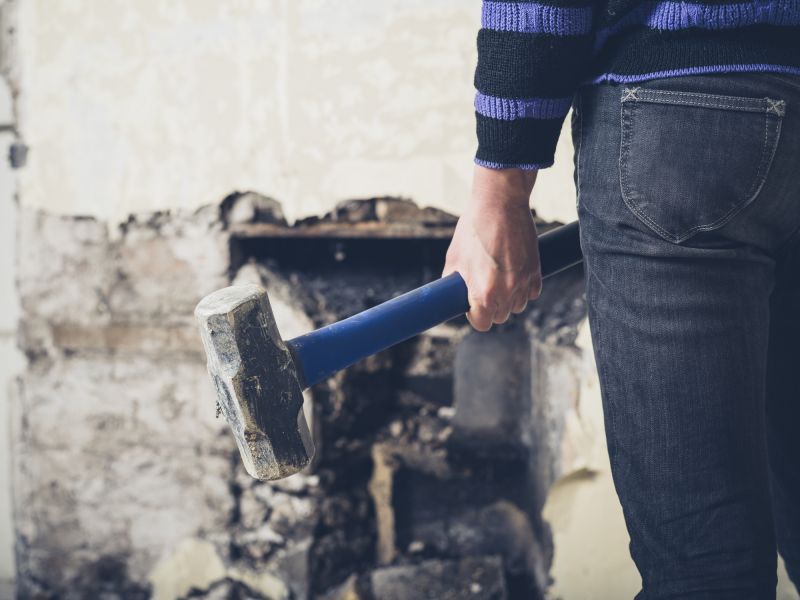
Finishes and colors that play nicely with Chimney Demolitions.
Chimney demolitions are typically performed when structures are no longer in use, pose safety risks, or require replacement due to structural issues. The timing of demolition can influence safety, efficiency, and project costs. Optimal periods often depend on local climate and weather patterns, with mild seasons generally preferred.
Dry, mild weather reduces risks and delays during demolition projects.
Demolitions are safest when the structure is stable and accessible.
Scheduling during off-peak seasons can minimize disruptions and costs.
Understanding regional weather patterns helps determine the best demolition window.
Statistically, most chimney demolitions are scheduled during late spring and early fall to avoid extreme weather conditions. These periods tend to offer the optimal balance of favorable weather and operational convenience. Proper planning ensures safety and efficiency, reducing potential delays and costs.

Specialized machinery safely dismantles chimneys during suitable weather conditions.

Proper safety measures are essential during demolition, especially in optimal weather.
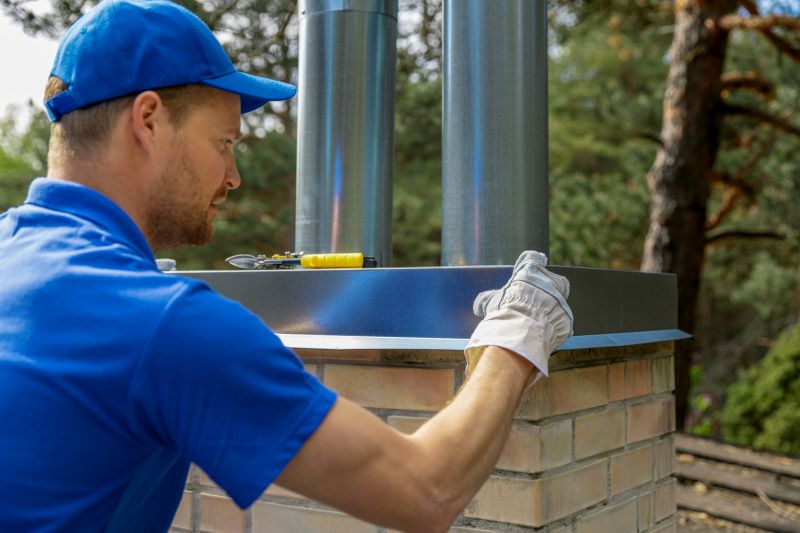
Preparation before demolition ensures minimal disruption and safety compliance.
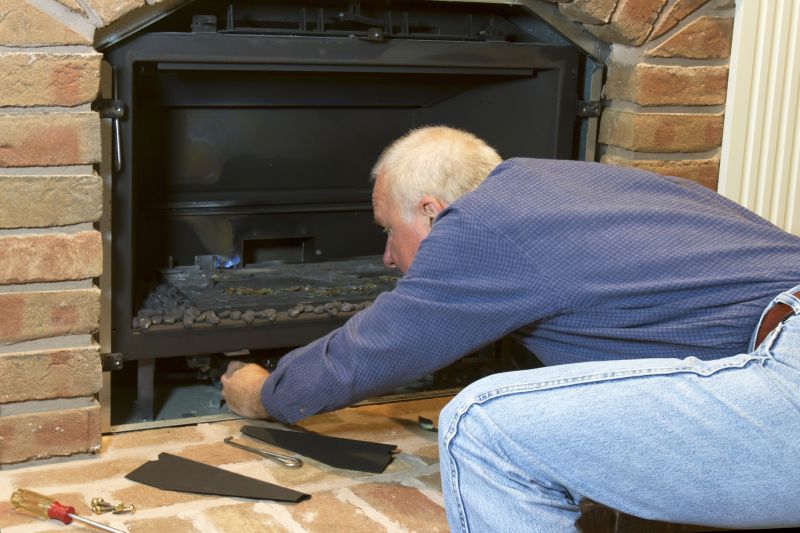
Efficient removal of chimney structures during favorable seasons.
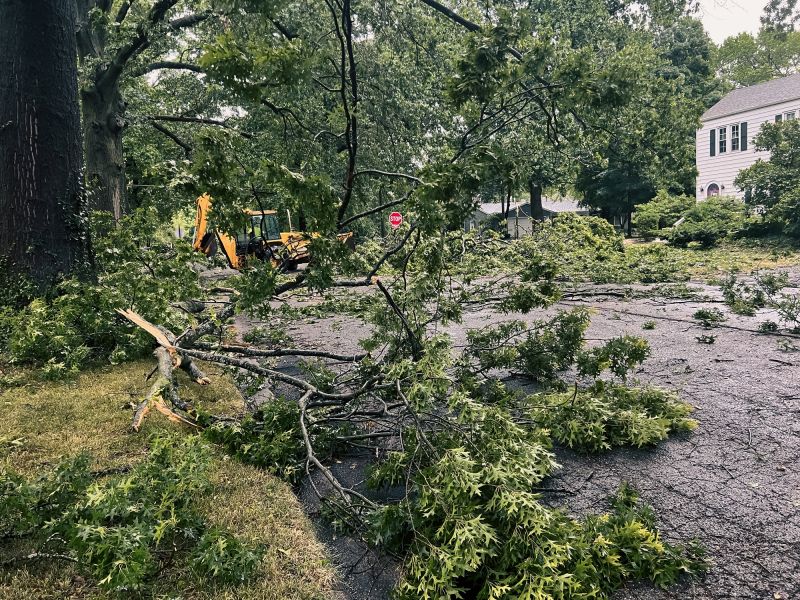
Timely cleanup is easier when weather conditions are predictable.

Regular maintenance ensures machinery operates smoothly during scheduled periods.

Scheduling during optimal seasons allows better coordination among workers.
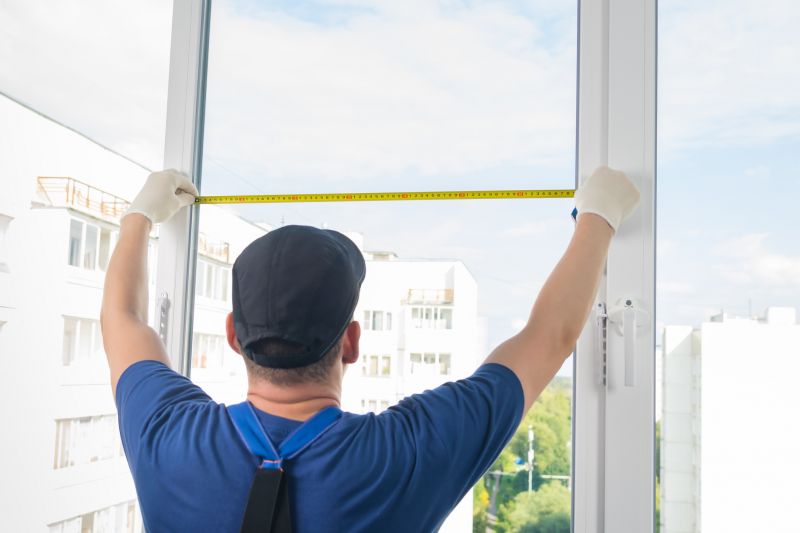
Little measurements that prevent headaches on Chimney Demolitions day.
| Season | Advantages |
|---|---|
| Spring | Moderate weather, longer days, less disruption |
| Summer | Stable weather, extended daylight, efficient work |
| Fall | Cooler temperatures, less humidity, flexible scheduling |
| Winter | Less common, potential delays due to cold and snow |
Choosing the right time for chimney demolition depends on local climate, project scope, and safety considerations. Proper timing can lead to safer operations, fewer delays, and cost savings. Consulting with demolition professionals can help identify the most suitable window for each specific project.

Preparation of machinery for scheduled demolition during optimal weather.

Safety protocols are emphasized during ideal demolition periods.
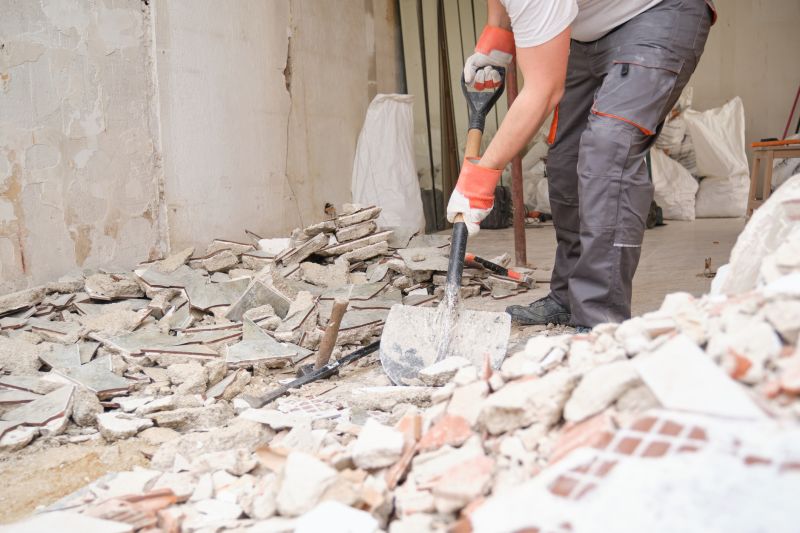
Site cleanup completed efficiently after demolition in favorable conditions.
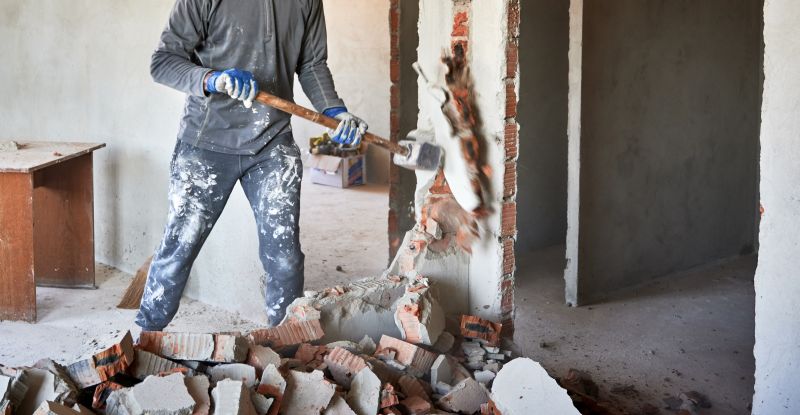
Skilled workers perform demolition during scheduled windows.
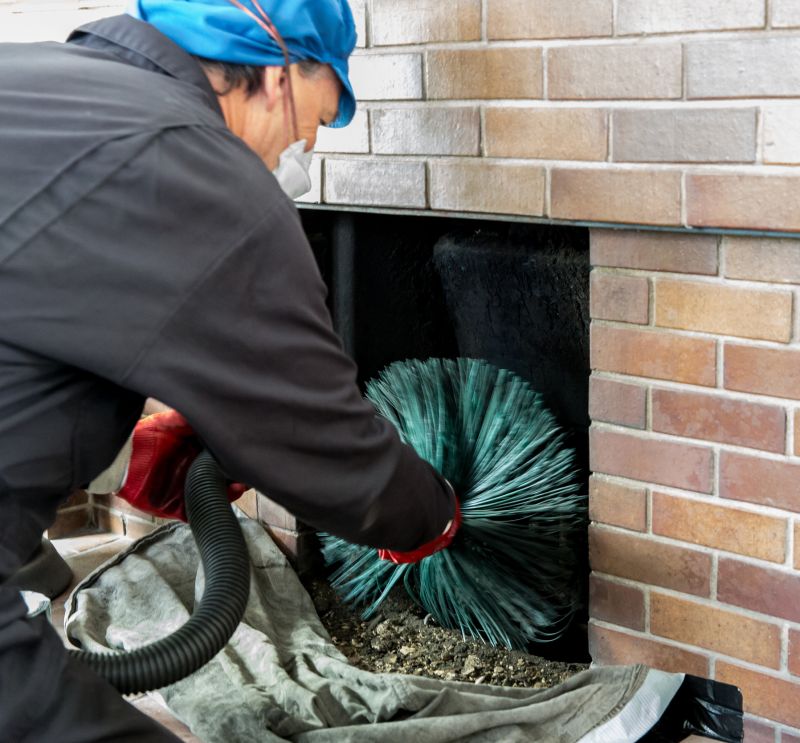
A 60-second routine that keeps Chimney Demolitions looking new.

A frequent mistake in Chimney Demolitions and how to dodge it.

Small tweaks to make Chimney Demolitions safer and easier to use.

Lower-waste or water-saving choices for Chimney Demolitions.
Interested in scheduling a chimney demolition? Filling out the contact form provides an opportunity to discuss project timing and details with professionals experienced in safe and efficient demolition practices.
